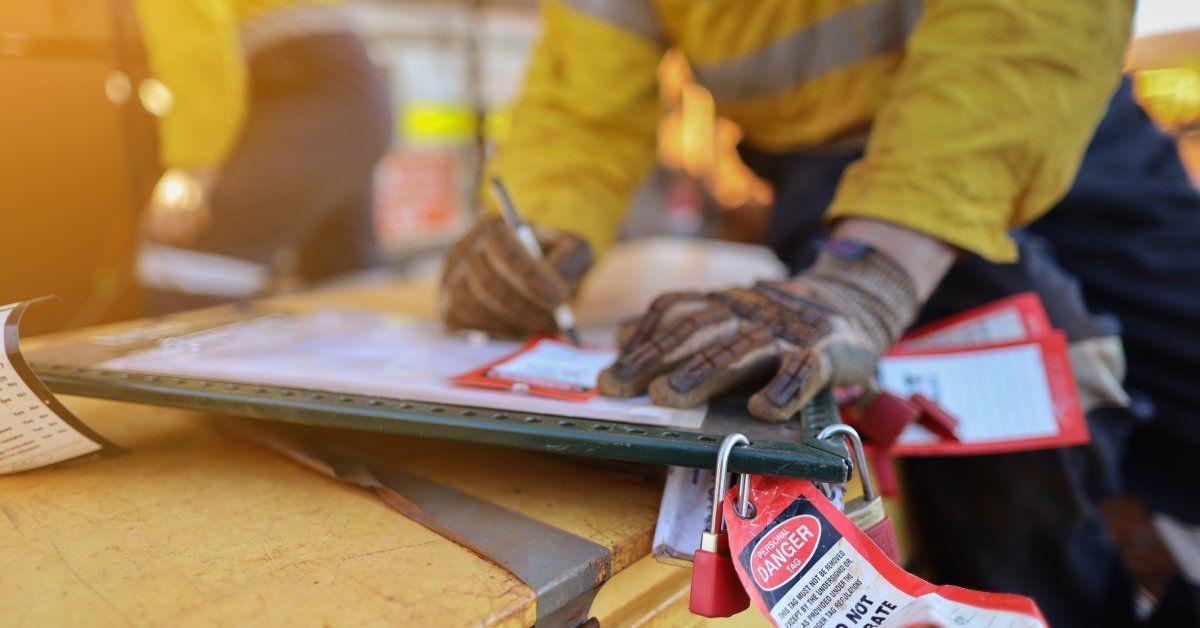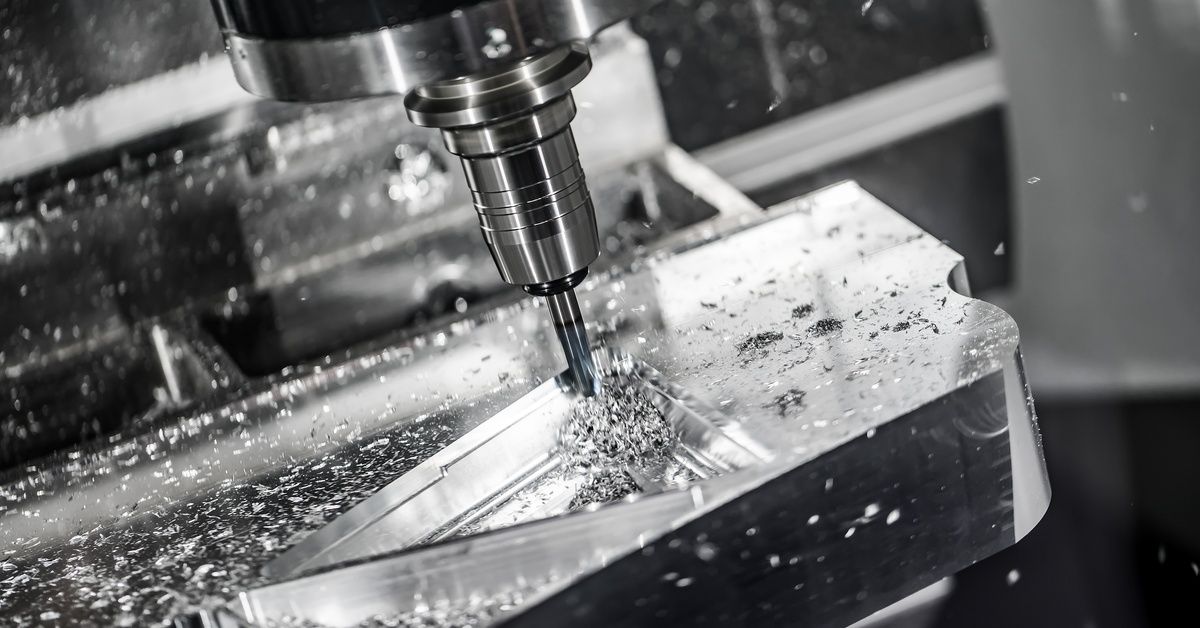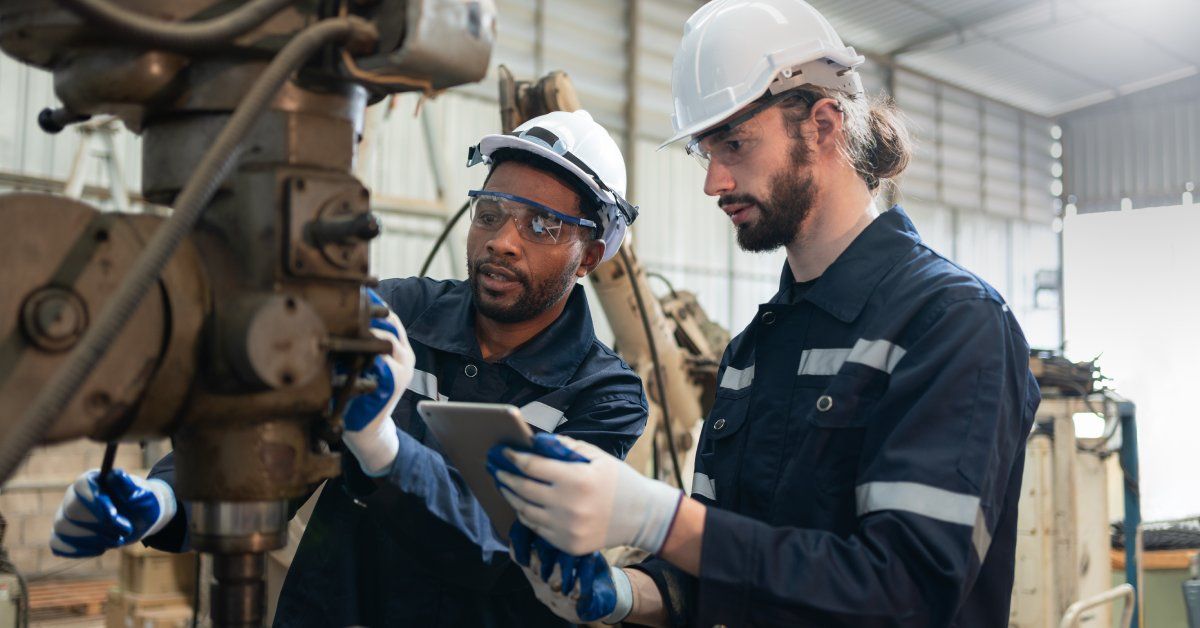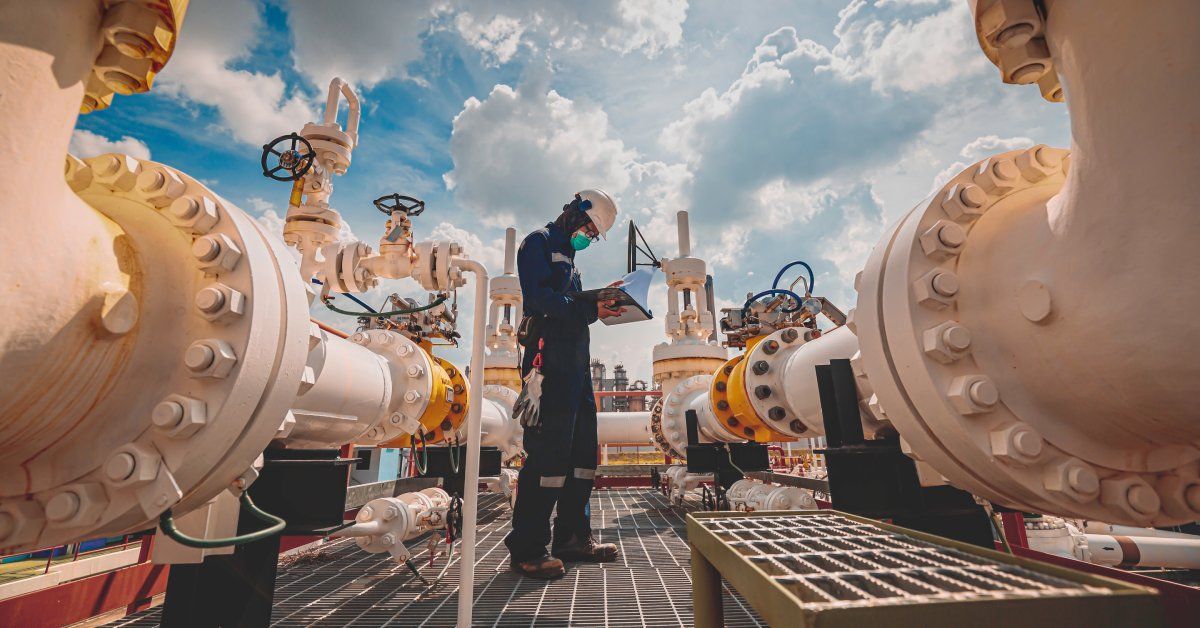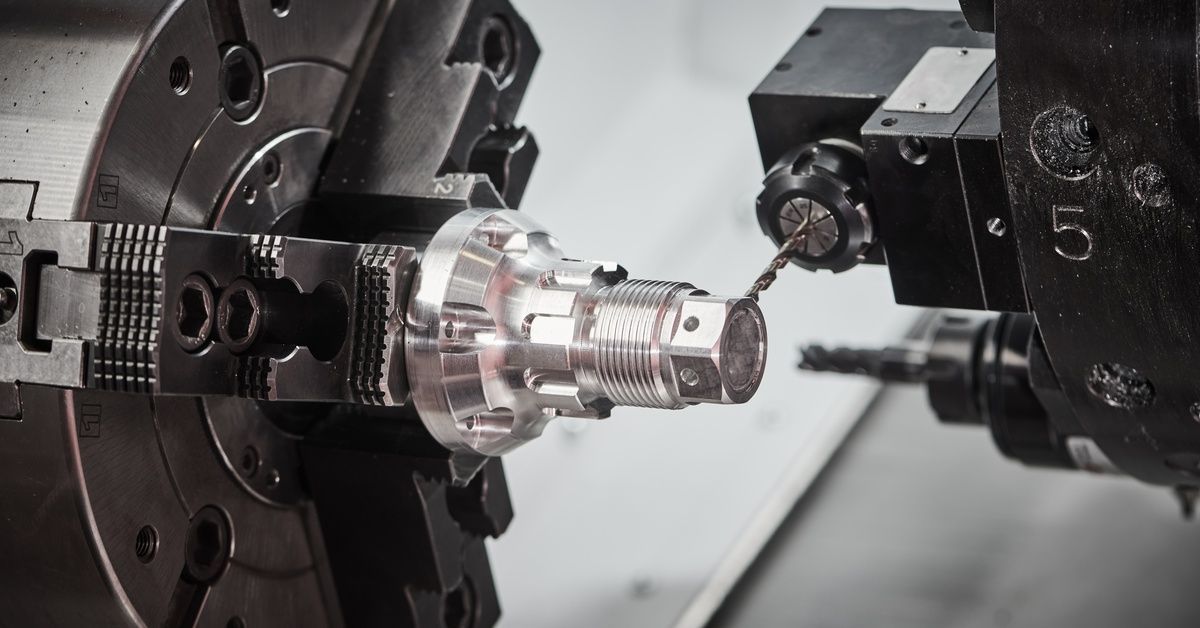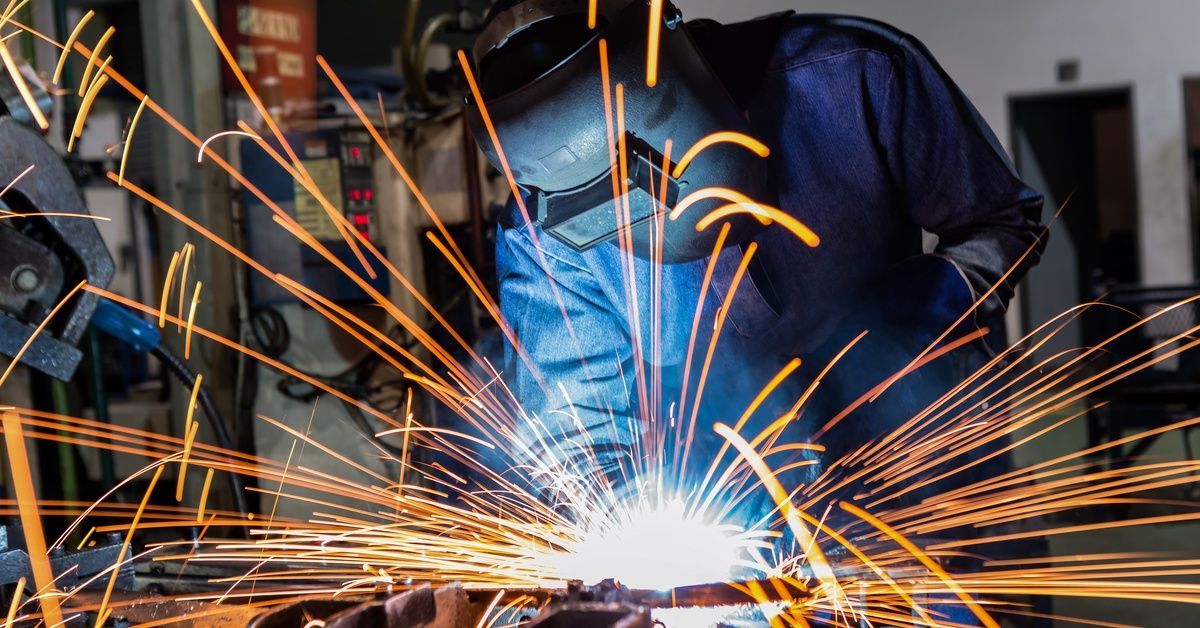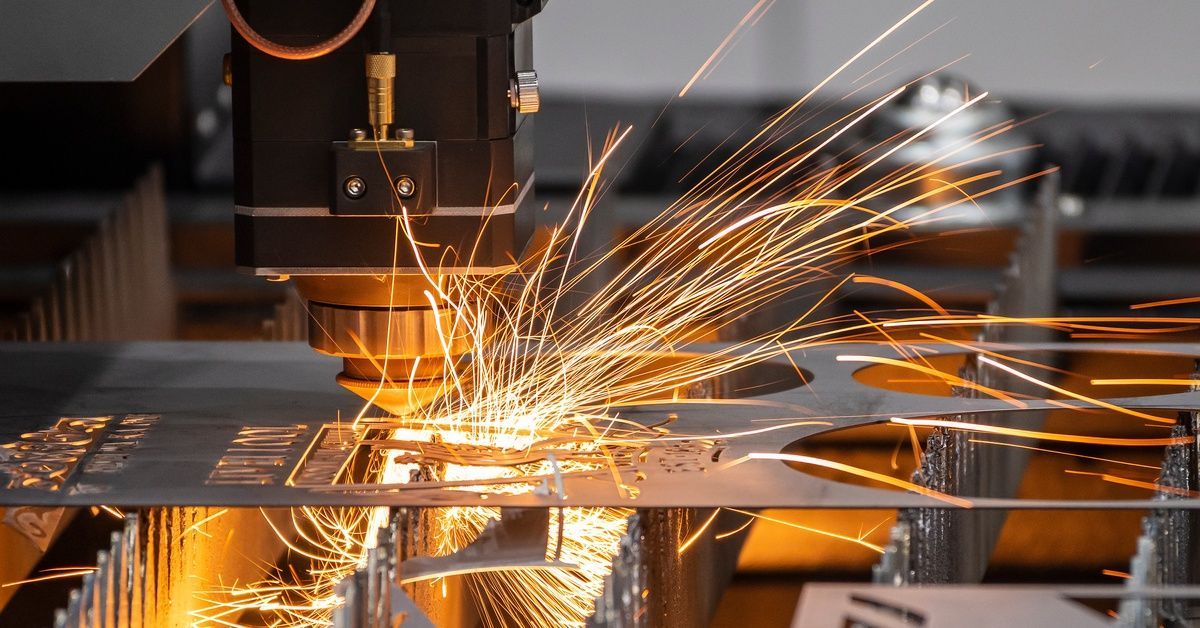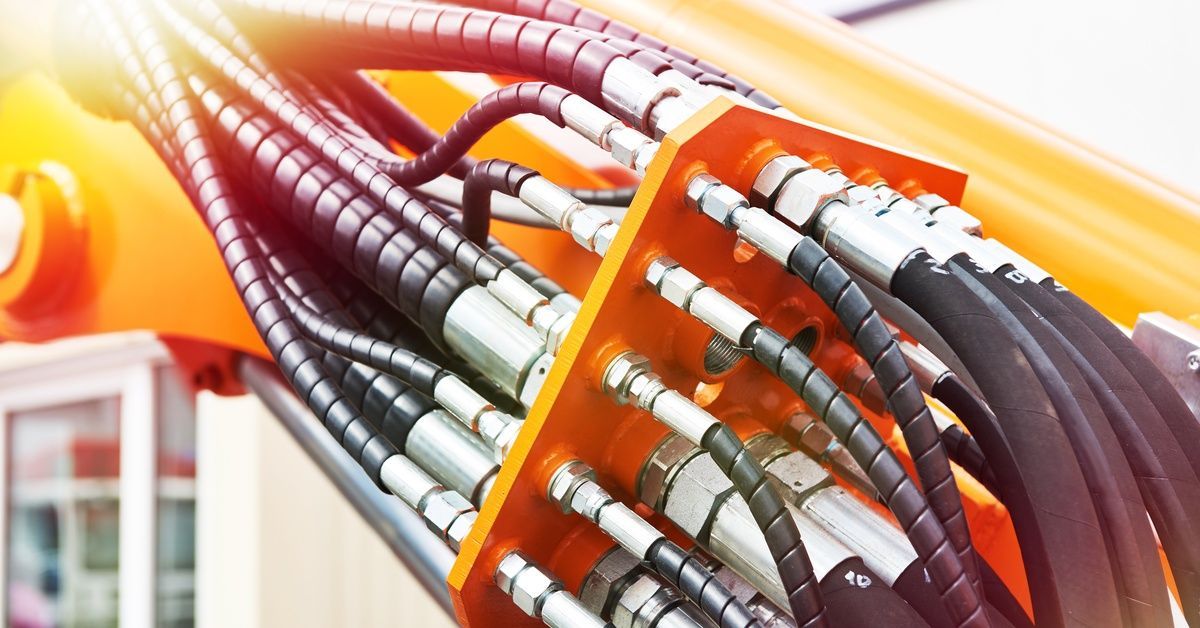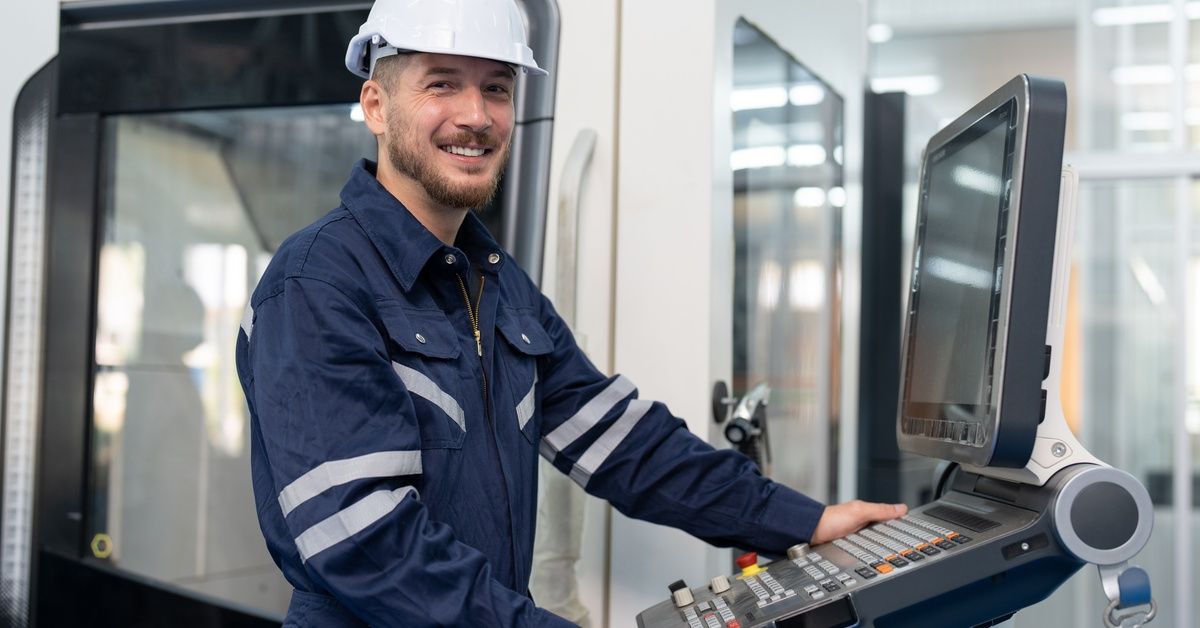Best Practices for Industrial Plant Retrofitting
This is a subtitle for your new post
Industrial facilities face constant pressure to improve efficiency, meet regulatory standards, and stay competitive. Retrofitting existing equipment and systems offers a cost-effective alternative to complete facility replacement.
Smart retrofitting decisions can extend equipment life, reduce operational costs, and improve safety standards. The process requires careful planning, strategic timing, and a thorough understanding of your facility’s needs. This comprehensive guide covers the essential practices that will help you navigate retrofitting for industrial plants.
Types of Industrial Plant Retrofitting
Retrofitting projects vary significantly based on facility requirements and operational goals. Each type addresses challenges and opportunities within industrial operations.
The following are some common retrofitting projects:
- Equipment modernization: This involves upgrading aging machinery with newer components or replacing entire systems to enhance performance and reliability.
- Energy efficient upgrades: These projects focus on reducing power consumption and lowering operational costs by implementing improved systems and components.
- Environmental compliance updates: These ensure that facilities meet current and future regulatory standards, keeping operations aligned with environmental requirements.
- Equipment sensor retrofits: Adding IoT sensors to existing machinery allows for better data collection and improved control, enhancing overall system efficiency.
- Control system upgrades: These replace outdated automation systems with modern programmable logic controllers and advanced software to improve functionality and performance.

Benefits of Industrial Plant Retrofitting
Retrofitting industrial plants offers a strategic pathway to enhance operational efficiency, meet evolving regulatory standards, and optimize the energy efficiency of existing systems without the high costs of new construction. The projects promote long-term savings by extending equipment lifespans, minimizing maintenance needs, and preventing unexpected downtime.
Additionally, these improvements help plants meet stringent safety and environmental regulations, avoiding penalties while ensuring workforce and environmental well-being. Ultimately, retrofitting empowers plants to future-proof their operations while achieving measurable cost savings and sustainability goals.
How To Determine the Need for Retrofitting
Although industrial plant retrofitting offers several advantages, these projects are only effective and worthwhile if they fulfill a plant’s unique efficiency and cost-minimizing objectives. Read on to learn the step-by-step process to determine whether your plant could use retrofitting.
Perform an Equipment and Process Audit
Begin by documenting all existing equipment, noting its age, condition, and performance metrics. Maintenance records should be reviewed to pinpoint recurring issues or components needing frequent repairs. To determine whether equipment upgrades can support growth plans, assess current production capacity against business projections. By conducting this comprehensive audit, you’ll establish a strong foundation for retrofitting decisions and create realistic project timelines.
Consider Compliance Standards
Regulatory requirements drive many retrofitting decisions across industries. Research current and upcoming environmental, safety, and industry-specific regulations that affect your facility, and identify equipment or processes that may not meet future compliance standards. Plan retrofitting projects to address compliance gaps before they become mandatory.
Evaluate Equipment Performance
Performance evaluation provides quantitative data for retrofitting justification. Maintenance and repair history provides insights into equipment reliability trends and helps identify potential failure points. Energy and resource consumption data highlight inefficiencies in systems that could benefit from upgrades. Meanwhile, output measurements reveal capacity constraints or quality issues that could be addressed through retrofitting.
Plan for Capacity Changes
Determine if current equipment can manage projected production increases or accommodate changes to product lines. In addition, consider market trends and customer demand, as they may necessitate greater operational flexibility. Planning for these capacity changes ensures retrofitting investments align with long-term business objectives.
Estimate the Cost and Timeframe for Necessary Retrofits
Accurate cost and timeline estimates are critical for determining whether industrial retrofitting is a feasible solution. Acquiring detailed quotes from contractors and suppliers ensures transparency in major costs, while accounting for indirect expenses like production downtime and temporary equipment prevents unexpected surprises.
Realistic timelines that account for all phases—procurement, installation, testing, and commissioning—ensure minimal disruption to operations. Together, these elements provide the clarity needed to evaluate if retrofitting is the right choice for your facility.
Common Challenges Faced During Retrofitting
Retrofitting projects often encounter predictable challenges that require proactive management strategies. Understanding these obstacles helps plant managers develop mitigation plans and realistic expectations. The following challenges commonly impact retrofitting success:
- Budget constraints: These can limit the scope of a project, often requiring a phased approach to implementation to stay within financial limits.
- Operational downtime: Retrofitting activities can disrupt production schedules and lead to revenue losses during downtime.
- Safety and regulatory complications: Equipment or software modifications may interfere with existing safety systems or pose challenges in meeting compliance requirements.
- Difficulty sourcing parts: Finding components for older equipment can be challenging, especially if parts are discontinued or highly specialized.
- Unforeseen technical issues: Unexpected problems can arise during installation when the actual conditions differ from the original specifications.

Retrofitting Tips To Maximize Cost-Effectiveness and Performance
Industrial plant managers should follow these five best practices during their retrofitting project to minimize lost operational costs and maximize equipment performance.
Schedule the Retrofit Strategically
Timing affects retrofitting costs and operational impact. Coordinate retrofitting activities with planned maintenance shutdowns to minimize additional downtime. Consider seasonal production demands and peak operating times when scheduling major retrofitting projects.
Expect and Manage Production Delays
Production interruptions are inevitable during significant retrofitting projects, so developing contingency plans for extended downtime scenarios is key. Communicate these timeline expectations clearly with the affected production teams and customers. Consider temporary equipment or alternative production methods to maintain critical operations during retrofitting activities.
Document Retrofitting Logistics
Before starting work, ensure detailed installation procedures and safety protocols are in place. All system changes, such as wiring diagrams, equipment specifications, and operational parameters, should be thoroughly documented. Keep records of supplier information, warranty details, and spare parts requirements for easy future reference.
Prioritize Operator Training
Retrofitted systems often require new operational procedures and skills to cover technical operations and safety considerations. Before system startup, schedule sessions to ensure operators fully understand the capabilities of the new equipment. During the transition period, offer ongoing support to address any questions or operational challenges.
Test and Monitor Retrofits
Implement comprehensive testing protocols to verify that all systems function as designed before resuming full production. Establish monitoring procedures to track performance improvements and identify potential issues early. Regular performance reviews optimize retrofitted systems and validate investment returns.
Maximizing Your Retrofitting Investment
Industrial plant retrofitting represents a strategic investment in operational efficiency, compliance, and competitive advantage. The key to retrofitting success lies in thorough preparation, realistic expectations, and commitment to following proven implementation guidelines. Following these best practices ensures your retrofitting investment delivers expected returns while minimizing operational disruption.
James Manufacturing is a trusted partner in retrofitting industrial plant equipment with our custom metal fabrication services. Contact us to discuss your operational needs and project timeline, and learn why we are the top service provider in North Texas.
